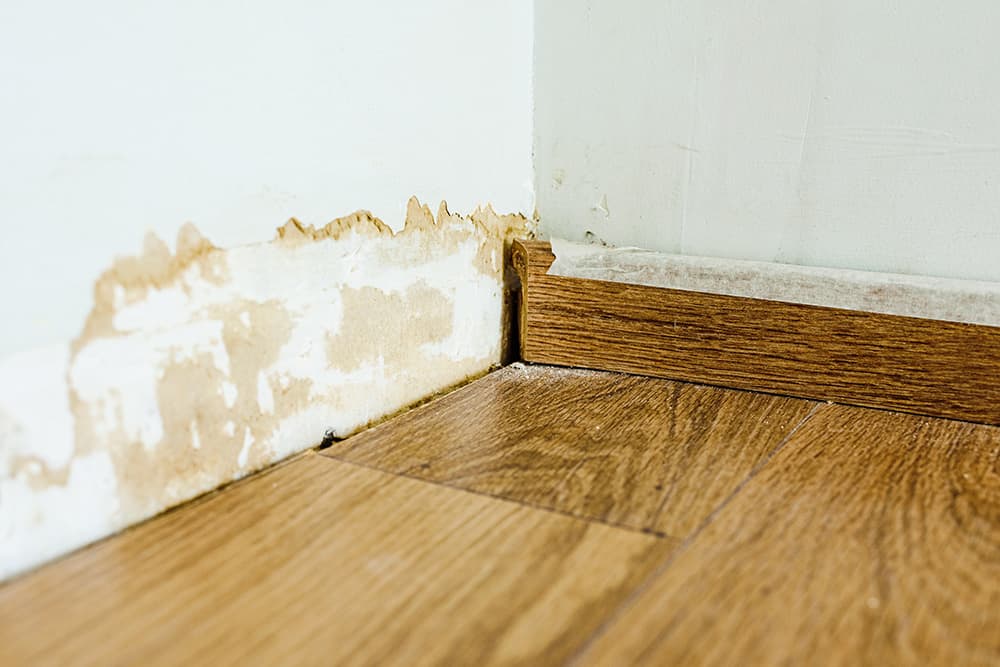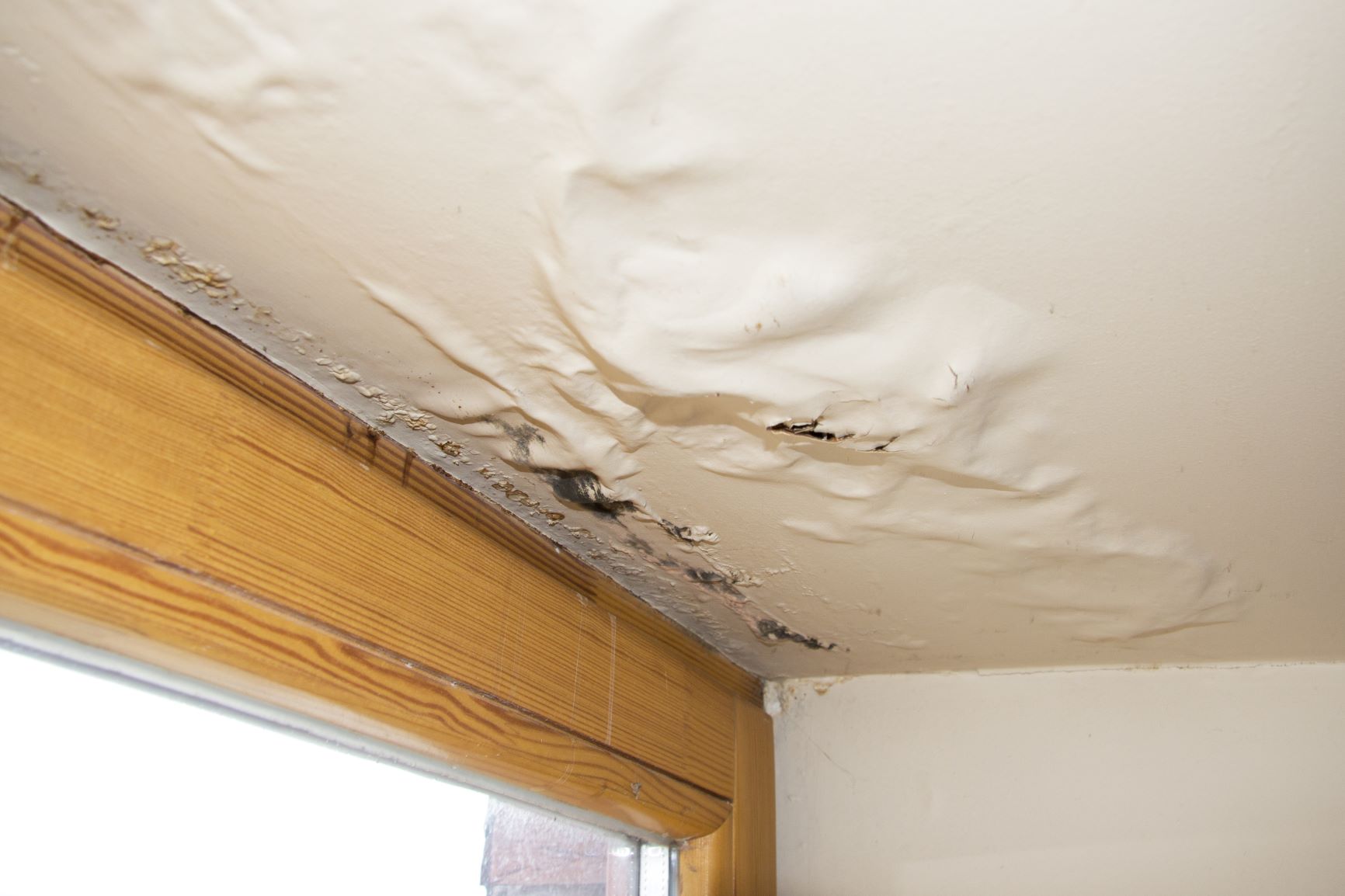Water Damage Restoration Specialists Ready to Fix Any Issue Fast
The Process of Water Damages Clean-up: Guaranteeing Your Home Is Restored Properly
Water damages can be a difficult challenge for house owners, necessitating a careful and structured clean-up procedure to restore safety and security and capability. A detailed evaluation is critical to identify the extent of the damage and figure out the proper remediation measures. Following this, efficient water extraction techniques play a critical function in minimizing further harm. However, the nuances of drying, sterilizing, and ultimate repair are similarly essential and usually forgotten. Comprehending these stages can make a significant difference in the end result of your home's remediation, prompting a closer consider what each action involves.
Evaluating the Damages
Upon discovering water damage, the primary step is to extensively examine the degree of the effect. This first examination is critical, as it aids identify the needed actions for effective clean-up and remediation. Begin by checking the impacted areas, consisting of walls, ceilings, floorings, and personal possessions, to determine the source of the water breach, whether from flooding, leaks, or condensation.
Recording the damage is essential for both insurance policy claims and intending reconstruction efforts - damage restoration services. Use photographs and composed notes to record the seriousness of the damage, noting any kind of afflicted architectural components and products. Pay special attention to areas that might not be immediately visible, such as behind walls and under rugs, as hidden wetness can cause further issues, including mold growth
Furthermore, examine the timeline of the water direct exposure. Inevitably, a comprehensive evaluation lays the foundation for a successful water damages cleaning procedure, guaranteeing that all affected locations are attended to properly and completely.
Water Extraction Methods

Experts commonly utilize submersible pumps for bigger volumes of water, which can rapidly reduce flooding in basements or various other affected locations. For smaller quantities, wet/dry vacuums are frequently utilized to extract residual wetness from rugs and hard surface areas. Additionally, utilizing portable extractors enables targeted removal in confined spaces or areas with delicate products.
In instances of polluted water, such as sewer or floodwater, progressed removal methods might include using biohazard equipment to ensure safety and security and conformity with wellness policies. High-powered extraction devices are essential in lessening water retention in structural products, which can cause mold growth and architectural deterioration if not dealt with immediately.
Inevitably, the effectiveness of water removal methods plays a critical role in the general success of the water damages cleaning process, laying the groundwork for subsequent reconstruction initiatives.
Drying and Dehumidification
As soon as standing water has actually been efficiently removed, the next important phase in the water damages clean-up process is drying and dehumidification. This action is necessary to protect against further damage and mold development, which can happen within 24 to 48 hours in wet settings.
To achieve effective drying, specialized tools such as industrial-grade air movers and dehumidifiers is used. Air movers flow air across wet surfaces, improving dissipation rates, while dehumidifiers minimize moisture degrees in the air, advertising a favorable environment for drying. The combination of these tools makes sure that moisture is extracted from home furnishings, walls, and floorings, permitting them to completely dry thoroughly.
It is important to check the drying procedure carefully. Specialists often use moisture meters to examine the moisture web content in different materials, making sure that all affected areas get to acceptable dry skin degrees. This meticulous strategy helps to avoid surprise moisture pockets that can bring about structural damages or unhealthy mold and mildew development.

Cleansing and Sanitizing
After the drying and dehumidification phase is full, the following vital step in water damage cleanup is cleansing and disinfecting the influenced areas. This process is important to stop the growth of mold, germs, and various other pathogens that flourish in damp atmospheres.
The cleansing stage typically involves getting rid of any kind of particles, dirt, and impurities from surfaces making use of specialized cleaning agents. For difficult surfaces, a combination this content of soap and water or industrial cleaning products is frequently used. Soft materials, such as upholstery and here are the findings carpets, may require much more comprehensive cleaning techniques, consisting of heavy steam cleansing or deep extraction strategies, to make sure detailed sanitation.

Sanitizing adheres to cleaning, making use of EPA-approved anti-bacterials to get rid of hazardous microbes. This action is essential, especially in locations that may have entered into contact with floodwaters or sewer, as these sources can present serious health and wellness risks.
Furthermore, it is very important to attend to any staying smells, which might require the use of smell neutralizers or sophisticated techniques like ozone therapy. Correct cleaning and sterilizing not just recover the safety and health of your home however also prepared for effective remediation and repair services in succeeding phases of the water damage cleaning procedure.
Reconstruction and Fixings

Once the assessment is total, reconstruction efforts can begin. This commonly involves repairing or replacing broken products, making certain that all job follows regional building regulations and requirements. If drywall has actually been endangered, it will require to be gotten rid of and replaced with brand-new material. Furthermore, flooring might require similar focus, depending on the degree of water exposure.
It is crucial to involve experienced repair specialists during this process, as they have the experience to take care of complex fixings properly. Moreover, they can aid alleviate possible future visit site issues, such as mold growth or structural instability, hence making sure a habitable and risk-free living setting. Inevitably, effective repair and repairs bring back the home's integrity and boost its general value.
Conclusion
In conclusion, the process of water damage cleanup is critical for recovering a home to its pre-damage problem. Each phase, from assessing the damages to applying effective water extraction methods, adhered to by complete drying, sanitizing, and required repair services, plays an essential role in making sure safety and compliance with building requirements. Efficient implementation of these actions not only reduces instant damage however likewise enhances the lasting integrity and worth of the home.
Water damage can be a complicated difficulty for house owners, requiring a precise and structured cleaning process to recover safety and performance. Ultimately, a comprehensive analysis lays the groundwork for an effective water damage cleanup process, making certain that all impacted locations are dealt with effectively and extensively.
Efficient water removal methods are essential in minimizing damage and preventing more problems adhering to a water intrusion occasion.In verdict, the process of water damages clean-up is important for recovering a home to its pre-damage condition. Each stage, from examining the damage to applying reliable water removal techniques, adhered to by complete drying, sanitizing, and required repair services, plays an important duty in making certain safety and conformity with building criteria.